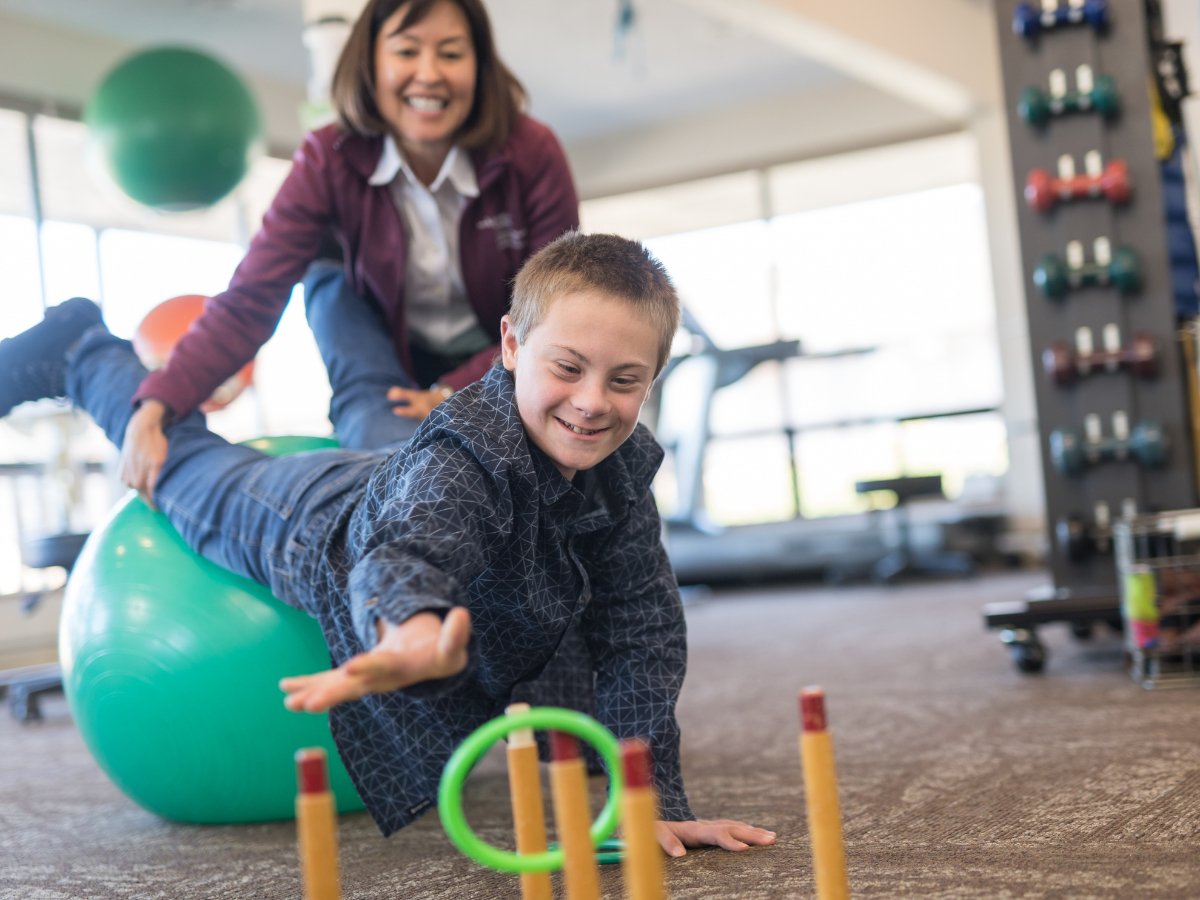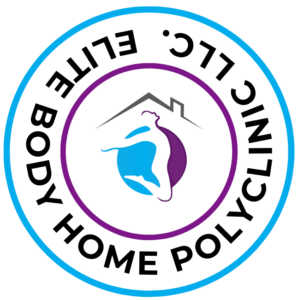Pediatric Physiotherapy
Being around kids is a rewarding, challenging, and enriching experience. Physiotherapists entering the field of pediatrics must be prepared to adapt the techniques they learned while working with adults to the ever-changing necessities of the growing child. The physiotherapist will invariably work inside the environment of the kid and his family and will have the chance to work with the kid in a variety of settings including home, preschool groups, education, and leisure activities. Because of the child’s and family’s complex needs, the physiotherapist may collaborate with many other disciplines, including clinical, healthcare, social service, instructional and treatment staff, psychiatric and psychological teams, and way of speaking and occupational therapists. In such teams, the physiotherapist must be able to express his or her observations, assessments, and treatment options to the child, his or her parents, and other team members.
To work effectively and efficiently, the pediatric physiotherapist should’ve got a thorough understanding of the childhood development process, primitive reflex patterns, and pediatric medical conditions and disabilities.
The Treatment Setting
During treatment, it is critical that patients feel at ease and calmed by their surroundings. This is extremely important for children. The treatment environment begins when the child arrives at the waiting area; when children are present in a relatively similar area as adults, it is critical that special accommodations be made for their needs. The surface area and furnishing of rooms ought to feel as homelike as possible for the preschool child. Children become fearful of large, mysterious pieces of equipment that they do not understand. Young children’s natural play environment is on the floor, so the treatment surroundings should have appropriate floor coverings such as washable carpets, mats, or safe rugs. Toys and games for children of various ages should be available for both reward and distraction, as well as to aid in pediatric physiotherapy treatment.
Pediatric physiotherapy can take place in a variety of settings, such as a hospital ward, department, or home, and there are more options for children. They could be a health center, a nursery school, or a recreational group. When considering childhood disability, it is essential to keep in mind that one is dealing with a disabled child and family. Disability is defined as a state of the body or mind that jeopardizes full functioning during a significant developmental stage or for the rest of a person’s life.
- A systemic or physiological disorder is referred to as a defect.
- A disability is defined as a lack of functional limitations of a specific capability or skill.
- A handicap is a situation or series of circumstances that make it difficult or impossible to pursue or achieve desired goals.
- Congenital conditions are those that are present at the time of birth. It would be misleading, however, to claim that almost all congenital conditions manifest themselves at birth. Some are obvious, such as talipes, down syndrome, and major adverse cardiac defects. Others, such as muscular dystrophy, neurofibromatosis, most cerebral palsy, and many hearing and sight defects, do not manifest instantly but only become apparent as the infant or child matures. This category includes intrauterine infections, the results of which might or might not be visible at birth, such as cytomegalovirus, rubella, and Toxoplasma. Some conditions, such as muscular dystrophy, are inherited and can affect multiple children in the same family.
- Conditions that are acquired: These are situations that develop as a result of, say,: Illnesses such as meningitis, encephalitis, neoplasm, juvenile chronic arthritis, dermato-myositis, malnutrition, and poliomyelitis are examples of illnesses. Trauma includes head injuries, child abuse, car accidents, and playground accidents.
Techniques of Pediatric Physiotherapy for Infants and Children
The value of recreational activities can’t be overstated. It is a vehicle through which a child can regain skills lost due to illness or injury. Arm activities may be blended with ball work or making art on a large piece of paper on the wall in pediatric physiotherapy. Leg exercises can be combined with toe touches on well-placed objects. An action song can be used to reinforce any exercise. Place an appealing activity on a suitable height surface to encourage standing. Carrying and fetching games, such as shopping, can encourage movement. Obstacle courses provide infinite opportunities for the therapist while also being enjoyable for the child. It is not acceptable to allow the child to become bored. The physiotherapist must try to keep exercises simple and provide options when the initial one fails or fades out quickly.
Techniques of Pediatric Physiotherapy for the Elderly
Children’s knowledge and understanding of their own bodies have matured enough by the age of seven to allow them to participate more assertively in their pediatric physiotherapy treatment. They have enough body and situational reasoning to perform exercises and activities that are easily explained. The therapist should prepare a series of 5- to 10-minute activities. She could schedule play time as a reward around between or after therapeutic uses. She will always explain what is planned for the child. Parents who are not available throughout pediatric physiotherapy treatment should be kept up to date on their child’s treatment, progress, and any treatments that should be continued at home.
Elite Body Home Slimming and Physiotherapy Center in Dubai offers pediatric physiotherapy to help these children recover from their existing condition which will lead to their ability to fulfilling their dreams with a healthy and energetic life. Book now for a free consultation.















